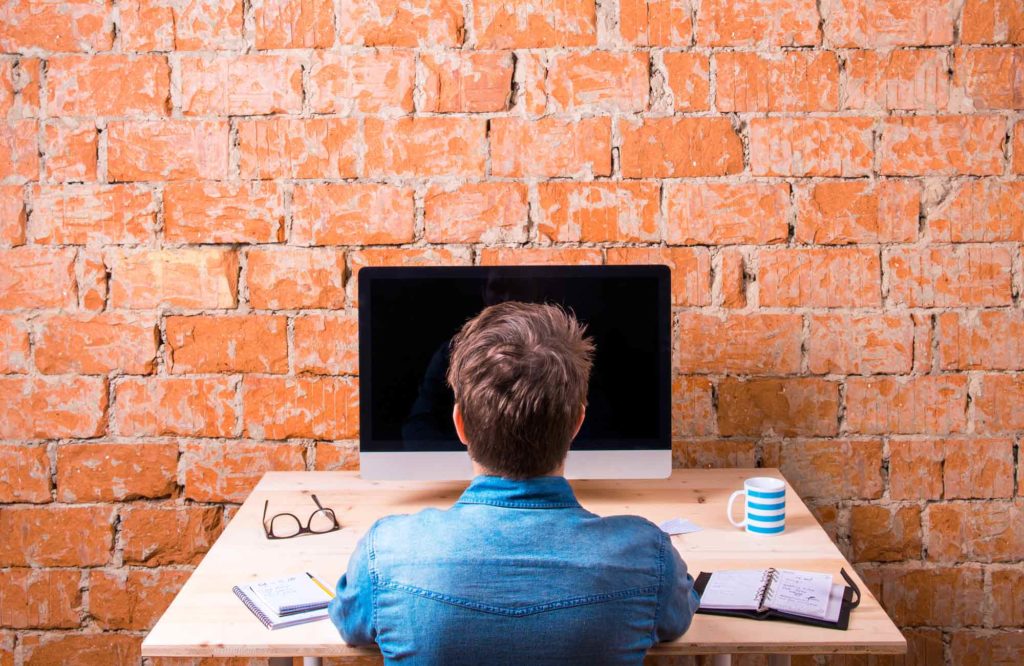
Desk jobs can be stressful for many. Deadlines, meetings, and projects contribute to mental stress, but did you know that sitting behind a desk can also stress you physically? Sitting can cause physical wear and tear on your body, just like jobs that involve physical labor. Things like carpal tunnel syndrome, computer eye strain, and “tech neck” are all physical ailments that can develop as a result of the office workplace. Sitting all day causes lower back problems and worsens existing back problems. Advanced Radiology treats many patients for back pain as a result of being stuck behind a desk all day.
Sitting for long periods of time causes low back pain and worsens your existing back problems because sitting causes a significant amount of pressure on your back muscles and spine. The pressure of sitting is actually forty percent greater than the pressure of standing. Your back bears the brunt of this pressure. The pressure of sitting eventually causes the discs of your back to bulge, muscles to strain, and in some patients, will cause compression fractures in the vertebrae, or bones that make up the spine. Shoulders, arms, and legs also feel the stress of sitting.
Sitting also causes bad posture. It encourages people to slouch forward over their desks to use their keyboards, or look at their computer screens. It can also cause people to slouch down in their chairs. This slouching stretches the ligaments and muscles in your back, causing further strain on back’s discs, vertebrae, and muscles.
You can limit the strain of sitting by making sure you are using a desk chair that is ergonomic. You can also make sure you are practicing correct posture while you sit. Occupational health experts recommend that when you sit, your back should be in line with the back of your chair. Arms should be able to rest at a seventy-five to ninety-degree angle when placed on your desk, and your knees should align with your hips. If these criteria aren’t met, it’s time to adjust the height of your chair.
Some people who have back problems or are concerned about back problems as a result of too much sitting have switched to using stand up desks. Standing desks allow users to work on a surface that is at a more natural height, relieving pressure on the spine.
Whether you decide to sit or stand while you are working, it is also a good idea to move around the office. A walk down the hall or a quick walk at lunch helps to prevent back problems. Even five minutes of light to moderate stretching and exercise several times a day can help ward off back problems. Abdominal exercises, like sit-ups or planks, strengthen your core and help support your back.
The strain of sitting can be serious. Back problems impact your quality of life and may limit your participation in your favorite activities. Serious back problems may require surgery or other interventions for relief. One such intervention is kyphoplasty, an implant that used to treat vertebral compression fractures or VCFs. Advanced Radiology offers Kyphoplasty for patients with pain from VCFs. Call our office for a consultation today at 822.201.1519.
